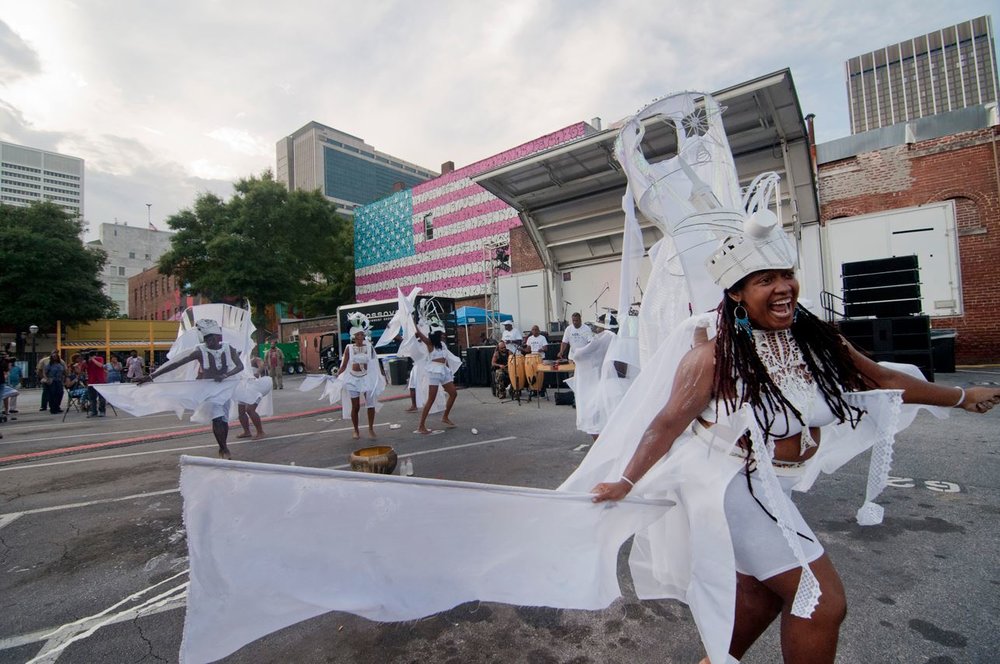affected them personally. Stakeholder interviews asked some similar questions aboutneighborhood dynamics and development management, but also focused on broaderquestions of policy goals and implications. Interviews were recorded digitally andtranscribed in their entirety, then coded for analysis using the NVivo qualitative dataanalysis software program. Documentary data, in particular data from 318 structuredobservations of community meetings, programs, events and interactions, allow usto contextualize interview data within the specific dynamics of each site, providingboth a check on and new insights into the dynamics described by interviewees (seeTable 3).4Findings: the dynamics of space and placeOur findings focus on three dimensions of community tension around space and place inthese three mixed-income communities. First, we explore perspectives of crime anddisorder in the three sites, and the relationship between perspectives regarding issues ofsafety and threat on the one hand, and more general ‘incivilities’on the other. Second, weanalyse the kinds of behavioral expectations and cultural assumptions lying behind theseperspectives, and the relationship between them and considerations of use and exchangevalue. Finally, we investigate the ways in which formal rules, rule enforcement and4 Differences in the relative distribution of observations at each site largely reflect their differentiallevels of activity.Table 2Resident sample characteristics, 2007–09
Potential conflict is very easy to see from this table. There are way too many variances in income, education level, and family style. The notion of positive gentrification aims to create an environment where people of different ages, classes, and races can not only coexist but thrive as well. However, people naturally segregate themselves for reasons. They like to be around other people in the same conditions as themselves. It is not for lack of opportunity necessarily that people choose to live in certain areas. A lot of the reason people choose to move to an area is because they feel comfortable their due to the presence of people much like themselves. For example, when searching for my apartment, my roommates and I looked for places that were not only affordable and close to campus but also for places with a high student population.


